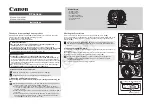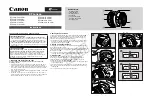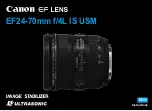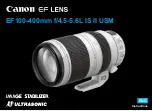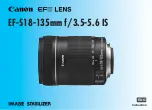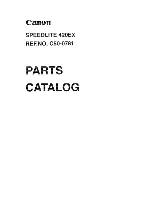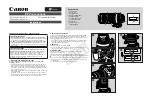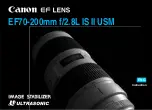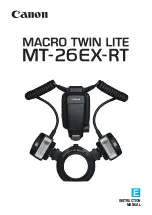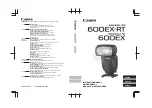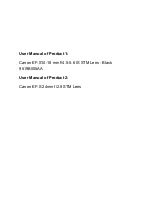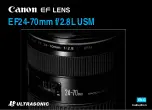
V1.02
Thom Hogan’s Complete Guide to the Nikon D300
Page 53
the Coolpix models, which use sensors much smaller
(typically 4 x 5.4mm or 5.4 x 7.2mm, which works out to
about one-ninth the area of a DSLR sensor in the best case).
Likewise, the individual areas used to capture light and
generate pixel data—called
photosites
—are much, much
larger for DX sensor cameras than for the Coolpix models
(~30 square microns on the D300 compared to the best case
Coolpix, the no-longer made Coolpix 5000 at 11.56 square
microns). Note, however, that the D300’s photosites are
significantly smaller in area than those in the D40, D50,
D70/D70s, D100, D1 series
16
, D2h/D2hs, and D3.
Size of the photosite is directly related to the ability to record
a wide and accurate tonal range and inversely related to the
amount of noise in the image data. That makes the D300’s
performance with its modest-sized photosites remarkable, as
the light capture area is significantly smaller than that of most
previous Nikon DSLRs. Yet the D300’s sensor manages to eke
out better performance in almost every area that can be
measured. That just goes to show how fast technology has
changed since the original D1 sensor design was completed
in the late 1990’s
17
.
Sensor Filtration
The D300 uses a Bayer-pattern filter over the photosites,
named for the Kodak engineer who originated the method,
Dr. Bryce Bayer. Each individual photosite has a colored filter
16
The critical measurement is
area
. The best case in a Nikon DSLR, the D2h, has a bit
over 88 square microns of area in a photosite, while the worst case, the D300 and
D2x, have only about 30 square microns. Other aspects do come into play:
somewhat less of the area of a CMOS sensor is devoted to light collection (the
photodiode) than on a CCD sensor, but overall, the photosite area measurement gives
you a ballpark way of comparing light collection ability.
17
You might wonder if the pace will continue as quickly in the future. Perhaps, but
other issues will start to make such advances less important. For example, the D300’s
sensor is good enough to clearly show the differences between poor and good lenses,
and some designers think that the D300 and D2x are nearing the resolution limits
current lens designs can manage, especially in the corners. We’ll likely get software
that addresses physical lens defects if sensors continue to downsize (increasing the
photosite per millimeter ratio). I personally don’t expect the pace of sensor
innovation to go down in the coming decade versus that of the last.































